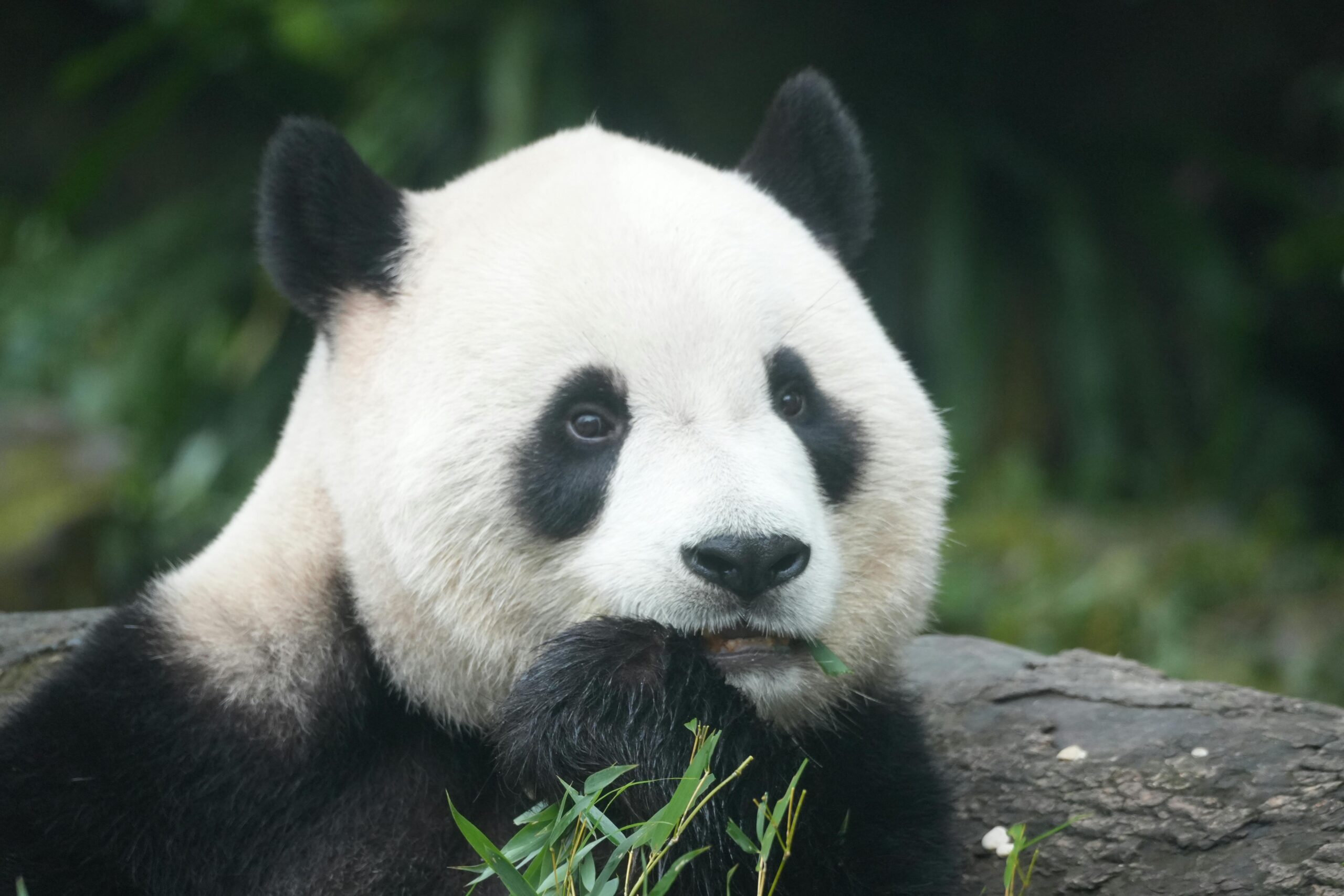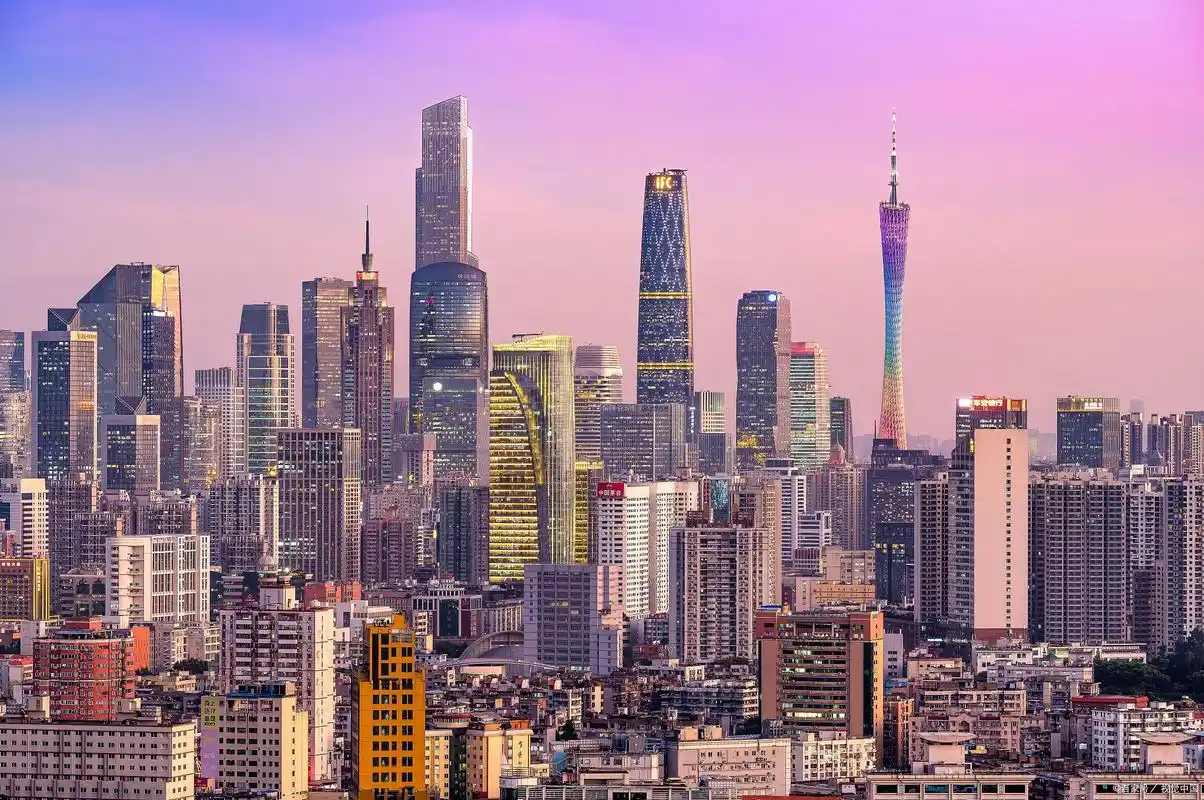
A Journey Through Chinese History: From Dynasties to Modern Times
China’s history spans more than 5,000 years, making it one of the oldest continuous civilizations on Earth. With a rich tapestry of emperors, philosophers, warriors, and artists, Chinese history has deeply influenced the country’s culture, politics, and worldview.
Whether you’re a traveler, historian, or culture enthusiast, understanding China’s historical journey helps you see the country through a more informed lens. In this blog post, we’ll take you through the key milestones that shaped China—highlighting its ancient roots and modern rise.
1. The Origins of Chinese Civilization (c. 2100 BCE – 1046 BCE)
Chinese civilization began along the Yellow River, where early agricultural societies like the Xia Dynasty (legendary) and the Shang Dynasty (first historically confirmed) laid the foundations of Chinese society. These early dynasties developed:
Bronze tools and weapons
Oracle bone writing (early form of Chinese characters)
Hierarchical social structures
This era marked the beginning of recorded history and dynastic rule in China.
2. The Zhou Dynasty and the Rise of Philosophy (1046–256 BCE)
The Zhou Dynasty was the longest-lasting dynasty in Chinese history and saw the emergence of Confucianism, Taoism, and Legalism. These philosophies deeply shaped Chinese values, ethics, and governance.
During the later Zhou period, known as the Warring States Era, rival kingdoms competed for power. Despite the chaos, it was a time of intellectual flowering—the so-called Hundred Schools of Thought.
Thinkers like Confucius and Laozi still influence Chinese culture today.
3. The Qin and Han Dynasties: Unification and Expansion (221 BCE – 220 CE)
The Qin Dynasty (221–206 BCE) was short-lived but crucial: Emperor Qin Shi Huang unified China, built parts of the Great Wall, and standardized language, currency, and measurements.
The Han Dynasty (206 BCE – 220 CE) followed, ushering in a golden age of innovation and trade. Key achievements included:
Expansion of the Silk Road
Development of paper
Codification of Confucian ideals in governance
Many Chinese still refer to themselves as the “Han people” today.
4. The Tang and Song Dynasties: Culture and Innovation (618–1279)
The Tang Dynasty is considered one of China’s most cosmopolitan and culturally rich periods. Poetry, painting, and Buddhism flourished, while Chang’an (modern Xi’an) became a global metropolis.
The Song Dynasty was an era of scientific and economic advancement. It introduced:
Movable type printing
Gunpowder
Paper currency
Advances in medicine and mathematics
5. The Mongol and Ming Dynasties: Foreign Rule and Maritime Power (1271–1644)
Under the Yuan Dynasty, China was ruled by Mongol conquerors led by Kublai Khan. Although foreign, the Mongols maintained Chinese institutions while connecting East and West more closely.
The Ming Dynasty restored Han Chinese rule and built the majority of the Great Wall we see today. It was also the time of Zheng He’s voyages, which showcased China’s naval strength across Asia and Africa.
The Forbidden City in Beijing was built during the Ming era.
6. The Qing Dynasty and the End of Imperial China (1644–1912)
The Qing Dynasty, led by the Manchus, was the last imperial dynasty. While it saw early prosperity, the empire declined in the 19th century due to:
Internal rebellions (e.g., Taiping Rebellion)
Foreign invasions and unequal treaties
The Opium Wars and the fall of the traditional order
In 1912, the dynasty ended with the Xinhai Revolution, leading to the Republic of China.
7. From Republic to People’s Republic: The 20th Century
The early 20th century saw political instability, civil war, and Japanese invasion during World War II. In 1949, the People’s Republic of China (PRC) was founded under Mao Zedong and the Communist Party.
China went through various historical phases:
Great Leap Forward
Cultural Revolution
Reform and Opening Up under Deng Xiaoping (starting in 1978)
Today’s China is a result of these transformations—blending socialism with market-driven reforms, tradition with modernity.
🇨🇳 8. Modern China: A New Global Power
Today, China is the world’s second-largest economy and a key player in international affairs. The country balances its ancient heritage with technological advancement, preserving historical sites while becoming a hub for innovation.
From the Great Wall to high-speed rail, from Confucius to AI, China continues to evolve while keeping its past close.
Final Thoughts
Chinese history is not just a timeline—it’s a living narrative that continues to shape the modern world. Exploring China’s dynasties, philosophies, and innovations offers a deeper understanding of its people, values, and future direction.
Whether you’re visiting as a tourist or studying from afar, learning about China’s history is the first step toward meaningful engagement with one of the world’s most influential civilizations.




